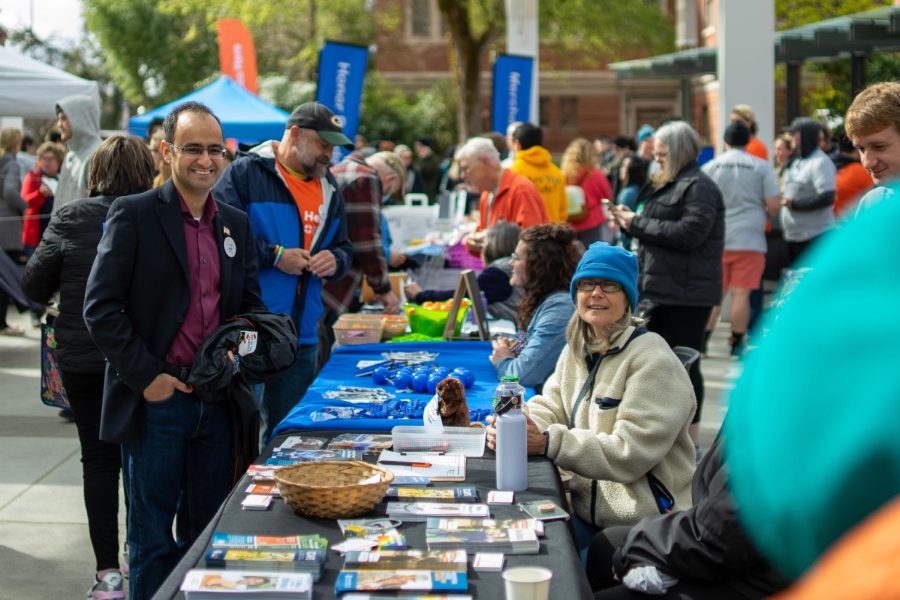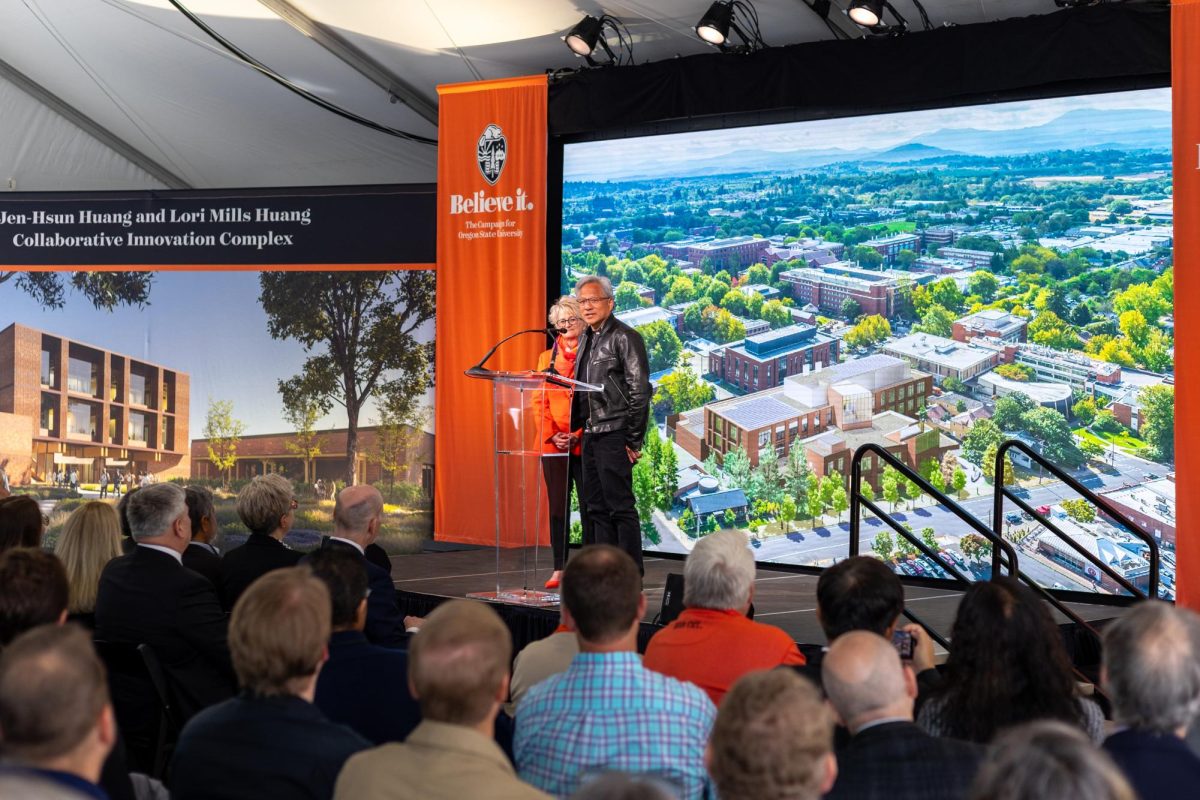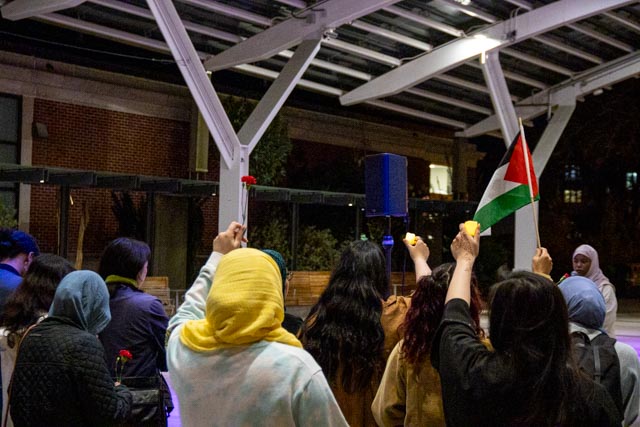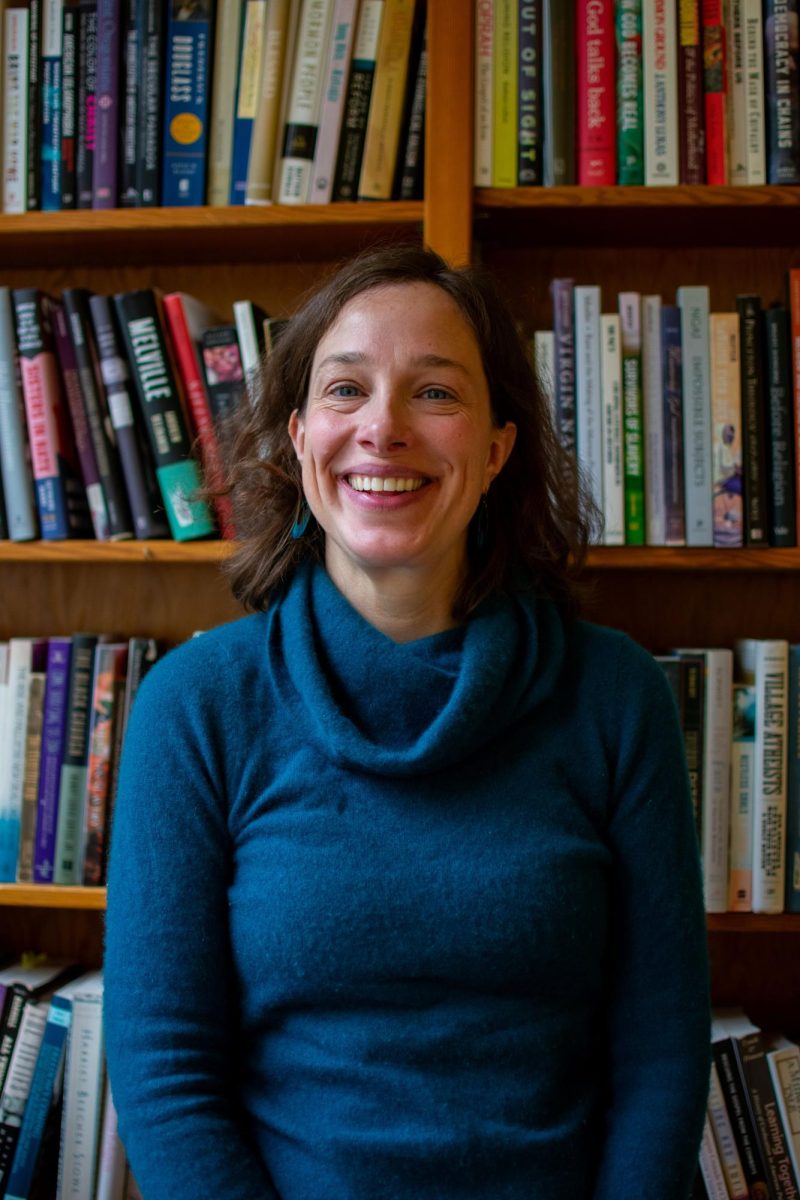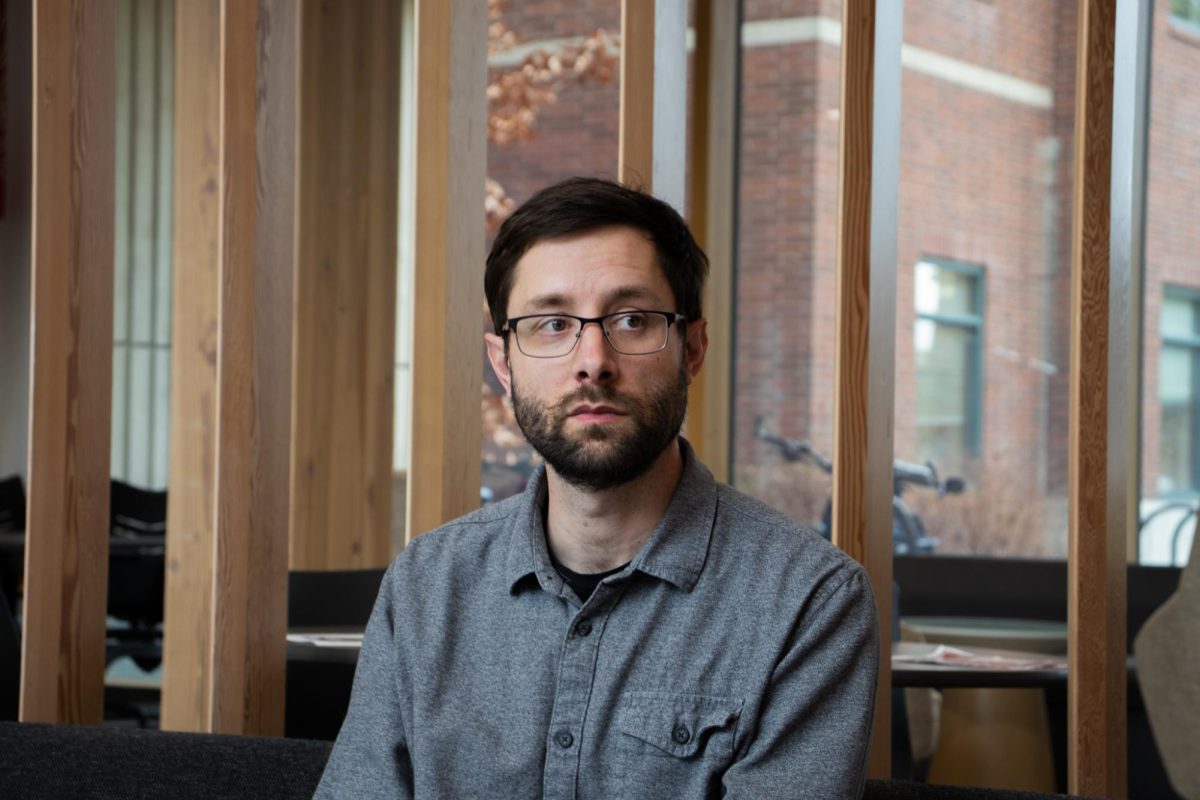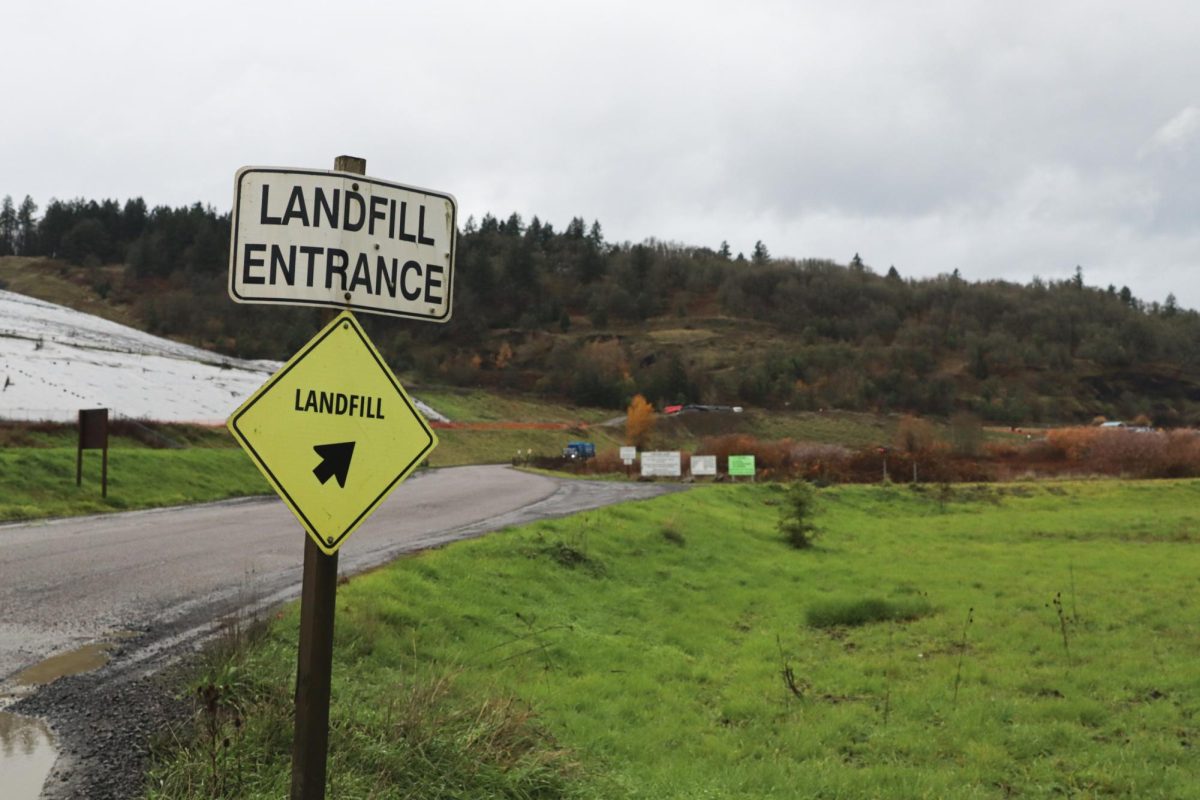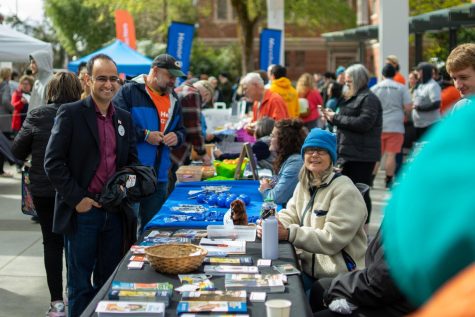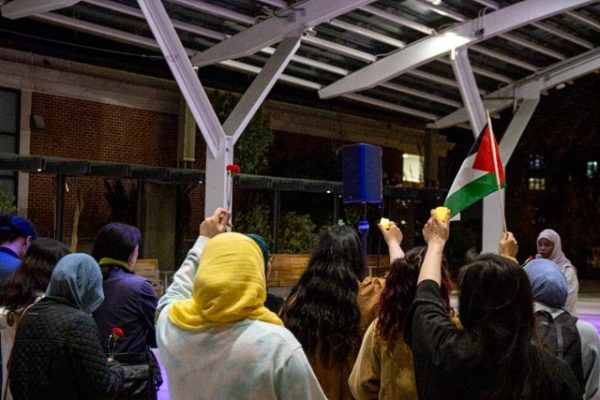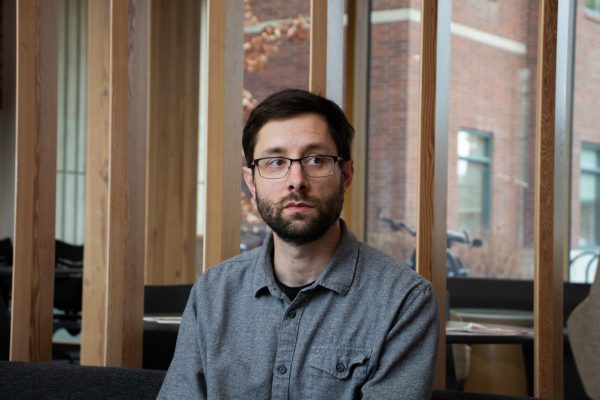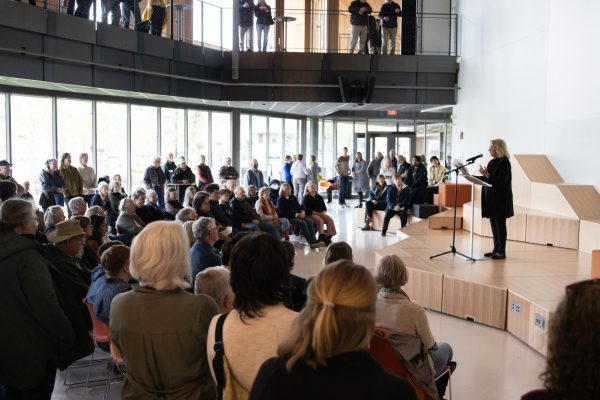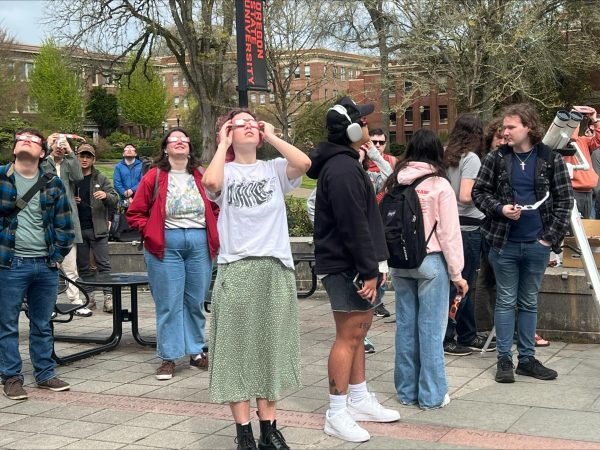SIFC begins budgeting process for studen fee-funded organizations at OSU
February 8, 2016
Disagreements on the future of SafeRide and how to fill a deficit within Student Health Services were discussed at the Student Incidental Fees Committee budget hearing Saturday in the MU Council room.
The budget hearing, the second and final meeting before an open hearing on Friday, had several student organizations participate, such as the Memorial Union, ASOSU and the Student Health Services present their final proposed budgets for the next fiscal year.
The SIFC approval on budgets will be formalized at an open hearing later this week, at which point the budgets will be sent to an ASOSU joint session for further approval.
The MU presentation highlighted the work that happens under the Memorial Union, which according to Rafid Chowdhury, a member of SIFC and the Memorial Union president, includes over 400 clubs and organizations, over 700 student employees and over 7,000 annual student events.
Chowdhury spoke about the work Orange Media Network does, bringing in representatives from OMN to further testify about the impact the organization has on the community.
A fee proposal of $86.53 per student per term for SLI, Facilities and Services and the OMN professionals for next fall, winter, and spring was tentatively approved by SIFC, as well as a $4.53 fee for OMN per student per term. The fees are an increase from this year’s, but the increase represents a mandatory increase to cover building costs as well as the costs of business that could not be avoided to maintain current standing.
Presenting for ASOSU were Nicholas Khamsouk, the executive director of finance for ASOSU, and MacKenzie Zathan, the director of SafeRide.
In addition to mandatory fee increases, ASOSU brought forth three decision packages that would require an increase in fees to fund. These included a $3.54 fee per student per term for fall, winter and spring to help assist with SafeRide’s needs. SafeRide does not operate in the summer.
The ASOSU presentation was followed by questions to the ASOSU members in attendance from the SIFC, which sparked debate. Claire McMorris, the SIFC chair as well as other SIFC members questioned the budget and SafeRide’s future plans for funding if they continued to grow.
“This is the ASOSU budget, not just SafeRide. I haven’t heard anything about the programs or where the rest of the money is going,” Chowdhury said. He then pointed out that the graphs presented were skewed and did not accurately represent the data that was being presented.
Zathan, in addition to the ASOSU student advocate Drew Desilet, defended the data and said that there was a need for the increases in fees for SafeRide because the program cannot continue to grow without an increase in funding.
“There are some base things we need to continue operating where we are now. It will be really difficult for us to grow without more support,” Desilet said. “We can’t serve any additional students if we don’t get any additional vans.”
Zathan echoed this sentiment, and said that two of the three decision packages included in the proposal were meant to expand SafeRide to include two new manager positions as well as the capacity to operate eight total vehicles and decrease student wait times.
“We are just trying to catch up with the need we’ve been experiencing in the last year and a half,” Zathan said.
During their discussion SIFC suggested that ASOSU and the SafeRide program seek ways to find additional funding outside of incidental fees in the immediate future before tentatively approving the proposed budget.
According to Zathan, SafeRide has not aggressively sought any funding for the program outside of the incidental fees as of yet.
Student Health Services was the last group to present Saturday afternoon.
The proposed SHS budget sought nearly a 15 percent increase from last year’s budget, the highest proposed increase of any budget presented to the SIFC this year.
According to the SIFC, SHS was advised in years past to burn down their reserve funds and subsequently student fees were lowered, but that reserve fund is growing low and SHS wants to begin making up the deficit that has been created.
Debate about the decision packages included concern from SIFC about the accuracy of the proposed mandatory increases in fees. There appeared to be a discrepancy between the reported mandatory increases and what the SIFC defined as mandatory.
“Unfortunately we are going to need more information,” McMorris said, reiterating the SIFC’s collective agreement concerning the mandatory increases.
Several possible budget alternatives were introduced by the SIFC, but the most popular was to spread the increase in fees over several years rather than all at once this year.
“We need to realize this isn’t a quick fix,” Said Peter Schwartz, an SIFC member. “This isn’t something we can just throw money at and make it better.”
The SIFC tentatively approved a budget with an eight percent increase over the next two years to make up for the deficit, instead of a one year increase of 15 percent.
The SIFC open hearing will be held Friday at 2 p.m. in the MU Horizon Room.


